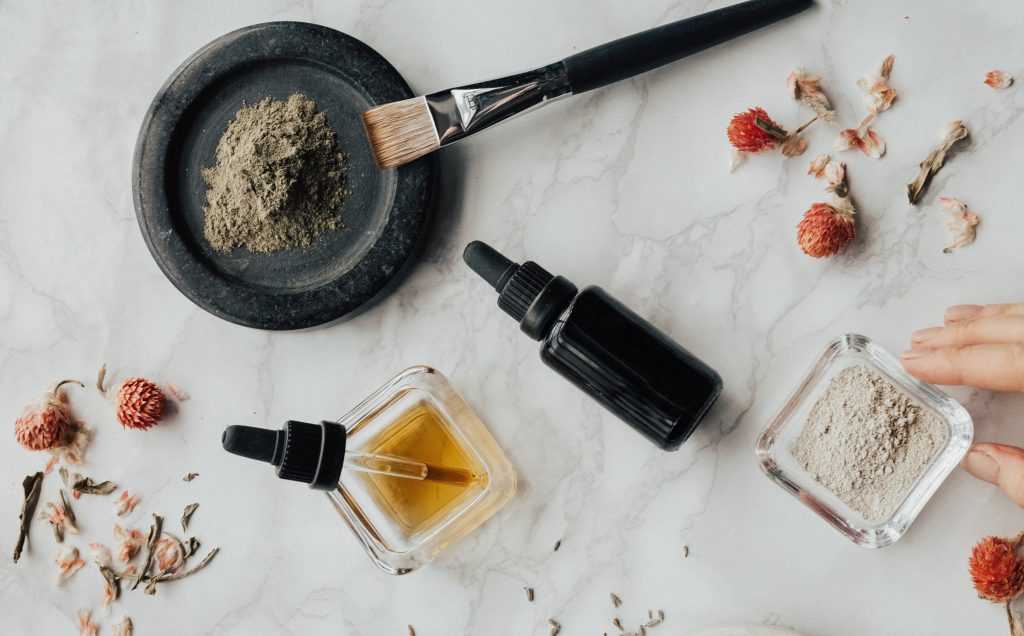The word “clean” in the world of cosmetics has taken on a life of its own.
On the most general level, clean beauty means products formulated without certain ingredients after studies were published showing that they may cause health concerns, such as endocrine disruption, reproductive and developmental issues, and worse.
I understand the concern: cosmetic legislation in the United States hasn’t been updated since 1938, and most ingredients aren’t reviewed by a government agency before they go to market. Because of this, people began shopping for products formulated without some of these ingredients.
Though, everything isn’t cut-and-dry. First, from the cosmetic chemists I’ve spoken to as well as what I’ve read, there’s lots of misinformation out there. Second, like most beauty buzzwords, “clean” isn’t clearly defined. There is not one set of standards everything must abide by that makes a product “clean.”
It can be confusing, so here are a few things to keep in mind when decoding clean beauty.
“Chemical” isn’t a dirty word. When companies say “chemical-free,” that’s silly because everything is a chemical. WE are made of chemicals. Sometimes, a brand will say products are free of “harsh chemicals,” which is a little more specific but not much better. What the brand might mean is that something is free of synthetic ingredients made in a lab.
Here’s the thing, though, synthetic ingredients are more stable. Think of a rose grown in nature versus a rose grown in a lab with quality control. You can make the rose exactly how you want it: the perfect color, the perfect size, no thorns, etc. If you’re relying on mother nature, things end up as the luck of the draw.
“Natural” doesn’t always mean good. Poison ivy is natural. Natural ingredients can still irritate our bodies. Also, without certain preservatives (aka parabens,) your products can turn color, start to smell and even grow mold.
“Non-toxic” isn’t what it appears to be. It’s the dose that makes something toxic. It’s actually the main tenet of toxicology — the study of toxins — called the Paracelsus Principle: “All things are poison and nothing is without poison; only the dose makes a thing not a poison.” Water is great for us. Too much water is toxic for our bodies.
The amount of some of these ingredients in our products is a trace that can’t do much, if any, harm. It’s against the law for a cosmetic to contain any ingredient that makes it harmful for customers when used according to directions on the label, or in a way that should reasonably be expected by consumers. There’s also a full list of prohibited ingredients in cosmetics.
Organic is the only thing you can be certain about. Since organic products must be regulated by the U.S. Department of Agriculture, a brand must first apply for organic certification with that department. Then, an agent will check its ingredients and facilities for things like soil quality, pest and weed control, and use of additives. The brand must show that ingredients were grown on soil free of prohibited substances. Keeping all this in mind, if the brand passes, then it may say a product is certified organic. However, if the brand claims an item is organic but does not include the official symbol anywhere on the package, that brand is lying to you.
Times have changed. After consumers started to hear about unregulated ingredients in their cosmetics over the years, most brands eliminated certain things from their products, such as parabens, phthalates, sulfates, etc. According to cosmetic chemist Ron Robinson on episode 171 of the “Fat Mascara” podcast, most companies have taken out many of these ingredients not because the majority of them caused harm but because consumers demanded products without them. Even if brands don’t explicitly state it in a product’s marketing, these ingredients have probably been removed, Robinson said.
Skin exists for a reason. There’s a tenet of clean beauty that our skin absorbs the majority of what’s put on it, including ingredients in our products. To that, I will defer to Curt Klaassen — former president of the society of toxicology and chair of pharmacology, toxicology and therapeutics at Kansas University Medical Center — who told USA Today that’s “a scientific misstatement.” Think about when we take a shower. What if a percentage of water (aka dihydrogen monoxide aka a chemical) went through the skin?
“We’d never take a shower again,” Klaassen said.
Absorption rates through the skin vary based on multiple factors, but our skin exists to protect our insides from the environment. Some chemicals can get through the skin, but most are eliminated quickly.
Clean beauty is still the wild west. Keeping all of that in mind, there still is no regulation. A brand can claim all of these things and not be any of them. You need to make decisions based on you, just like choosing a religion or deciding to be vegan. If you do want your products to be “clean,” figure out what your definition of clean is. Is it eco-friendly? Is it free of certain ingredients? Is it cruelty-free? Once you narrow that down, you can begin your search. Many brands also have their own definition of what “clean” means to them, like Sephora’s clean section or brands such as Farmacy, Youth to the People and Beautycounter. For instance, Drunk Elephant does not formulate products with ingredients that founder Tiffany Masterson dubbed, “the Suspicious Six,” aka essential oils, drying alcohols, silicones, chemical sunscreens, fragrances/dyes and sodium laurel sulfates, all of which the brand believes are at “the root of almost every skin issue.” Clearly defined parameters help to make shopping for clean beauty easier, whatever your definition may be.
This whole thing can feel overwhelming and cumbersome. My take? I do my own research, but I also always defer to science.

Gia Mazur is an award-winning staff writer and beauty obsessive who joined The Times-Tribune’s Lifestyles department in 2015. She’s a product enthusiast who can’t live without an eyelash curler. A proud Virgo, Charlotte Tilbury Matte Revolution Lipstick in Pillow Talk is her go-to. Contact: gmazur@timesshamrock.com; 570-348-9127; @gmazurTT

